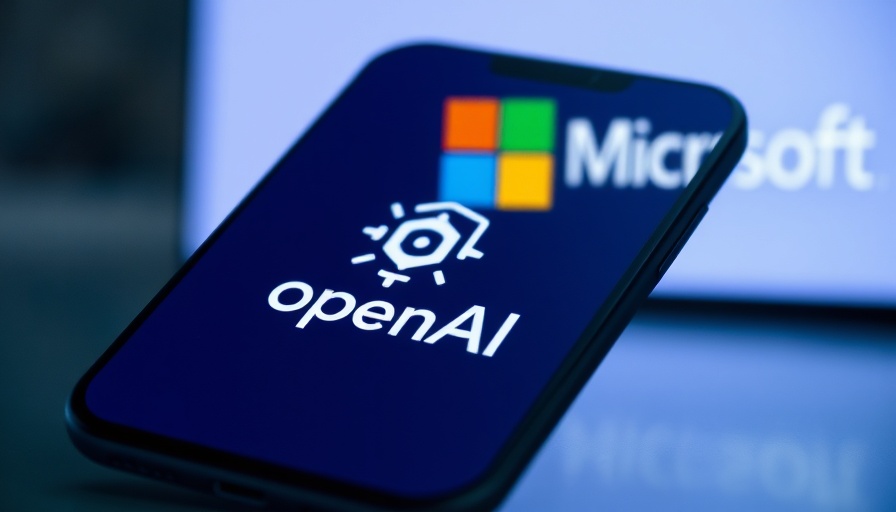
Microsoft's Strategic Shift in AI Development
In an audacious move, Microsoft is reportedly testing alternative AI models to replace OpenAI's technology in its Copilot application, a significant pivot in their longstanding partnership. This comes amidst growing concerns regarding cost and performance, as the tech giant seeks to broaden its AI offerings while maintaining robust competition in the AI landscape.
The Emergence of Microsoft's Own AI Models
Sources reveal that Microsoft is not only exploring third-party models from companies like Meta and Anthropic but also investing heavily in developing its own family of models known as MAI, designed to perform on par with OpenAI’s offerings. This strategic shift is indicative of Microsoft’s intention to reduce its dependency on OpenAI, enabling a more flexible and cost-effective integration of AI into its products, particularly the widely used Microsoft 365 Copilot.
Understanding the Copilot Landscape
Microsoft 365 Copilot, which integrates AI capabilities into applications like Word and PowerPoint, initially relied on OpenAI's GPT-4 model. However, as enterprises demand more speed and affordability from AI solutions, Microsoft is keen to explore diversified models, potentially passing the cost savings onto users. With many Fortune 500 companies already investing in 365 Copilot, refining the AI’s efficiency could unlock even more significant market potential.
The Implications of Microsoft's AI Strategy
By transitioning from reliance on OpenAI towards developing homegrown models, Microsoft aims to bolster its presence in the AI market while fostering greater innovation. This move could reshape the competitive landscape, positioning Microsoft as a leader in AI solutions not only for its direct users but also for third-party developers seeking to leverage advanced AI capabilities.
Current Dynamics in Microsoft and OpenAI's Partnership
Since their inception, the partnership between Microsoft and OpenAI has been marked by mutual benefits. With a whopping $14 billion investment from Microsoft, their collaboration played a vital role in pushing AI technologies forward. However, as Microsoft reconsiders its strategy, it raises questions about the future of this relationship, as both entities aim for growth in an increasingly competitive market.
Anticipating the Future of AI in Microsoft's Ecosystem
As AI technology continues to develop at a rapid pace, the shift towards more localized models presents both opportunities and challenges for Microsoft. Analysts predict that these innovations could accelerate user adoption and enhance functionality within Microsoft’s suite of products. Furthermore, it’s likely that successful AI integration will define customer experiences and unlock new revenue streams.
Understanding Market Needs
An interactive survey conducted by research firm Gartner highlighted that a majority of IT companies are still in the early stages of implementing 365 Copilot, with concerns over pricing and utility remaining prevalent. Addressing these doubts through improved performance and cost-effectiveness will be crucial for Microsoft as it works to solidify its market position.
Conclusion: Embracing the AI Future
Microsoft's strategic adjustment in AI speaks volumes about its ambition to maintain a competitive edge in the tech industry. As the tech landscape continues to evolve, understanding how Microsoft balances in-house model development with external partnerships will be critical for both investors and consumers moving forward. The company's ongoing endeavors represent a remarkable transformation worth watching.
 Add Row
Add Row  Add
Add 




 Add Row
Add Row  Add
Add 

Write A Comment